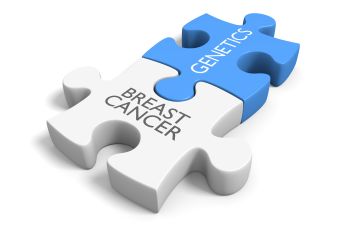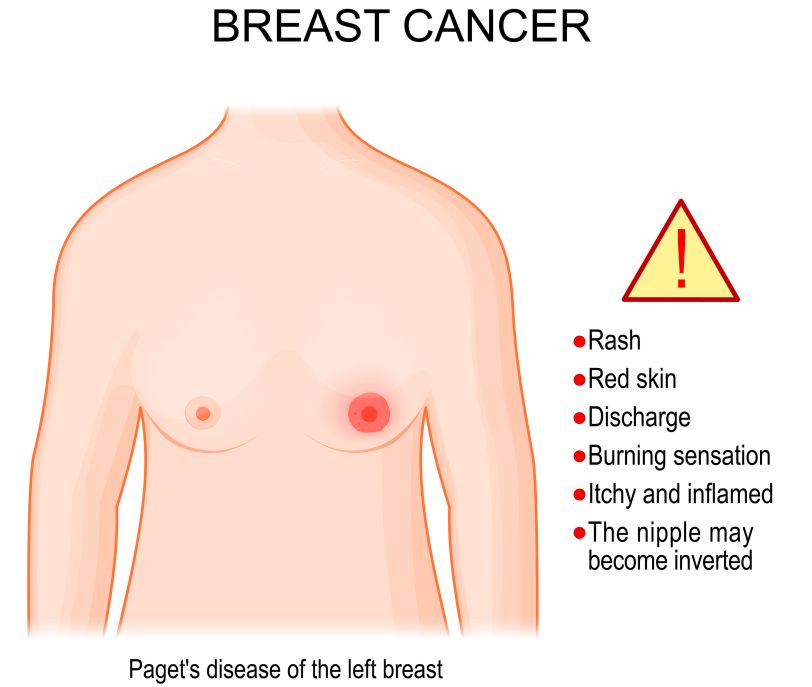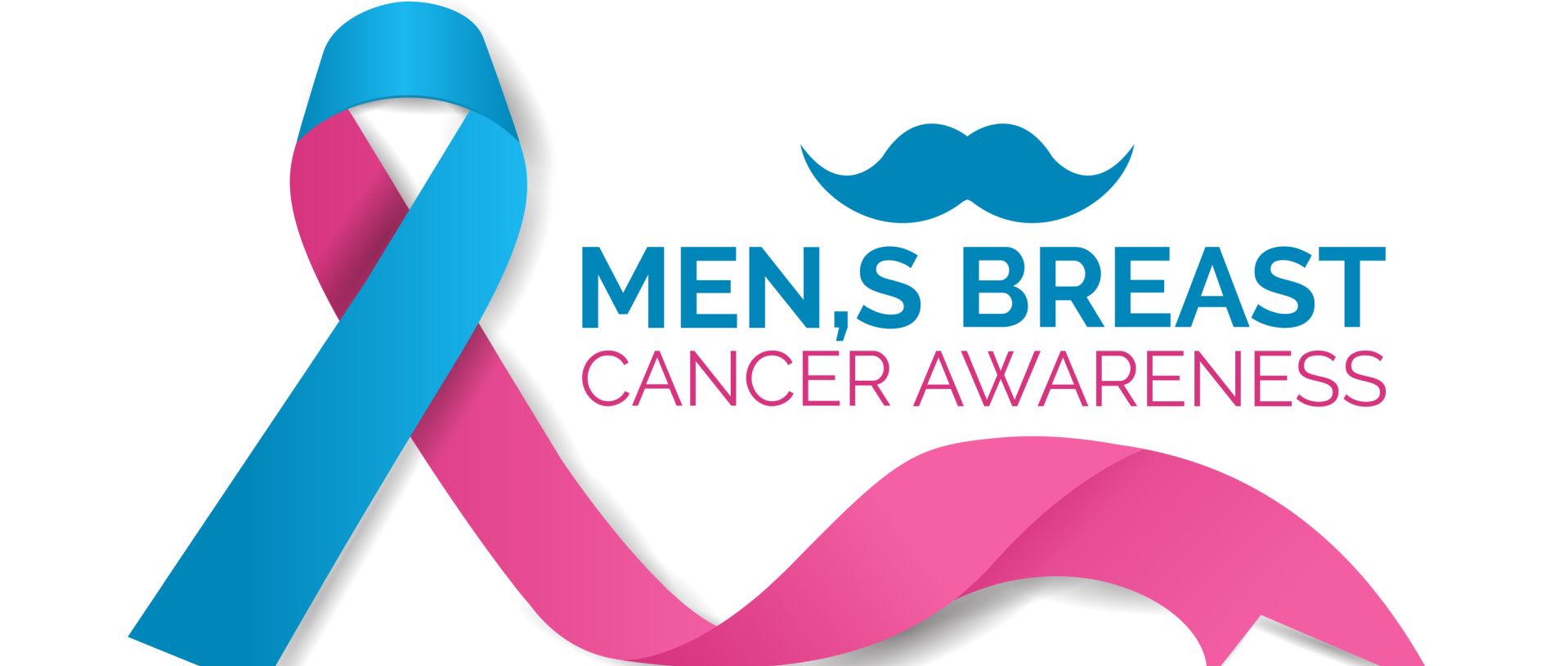Prophylactic Mastectomy in Men
Although breast cancer is commonly associated with women, it can also affect men. Male breast cancer, while less common, is a reality that must not be overlooked. Men may have specific gene mutations, such as BRCA1 or BRCA2, that increase their risk of developing breast cancer. Men who have these mutations may choose to have a prophylactic mastectomy to reduce their risk.
Understanding BRCA1/BRCA2 Gene Mutations
 The BRCA1 and BRCA2 genes are responsible for producing proteins that aid in tumor suppression and DNA repair. Certain inherited mutations in these genes, on the other hand, can impair their normal function, increasing the risk of breast cancer. While these mutations are more commonly associated with female breast and ovarian cancer, they can also affect men.
The BRCA1 and BRCA2 genes are responsible for producing proteins that aid in tumor suppression and DNA repair. Certain inherited mutations in these genes, on the other hand, can impair their normal function, increasing the risk of breast cancer. While these mutations are more commonly associated with female breast and ovarian cancer, they can also affect men.
Men with a BRCA1 mutation have an estimated lifetime risk of 1 in 8, while those with a BRCA2 mutation have a 6% to 8% lifetime risk. These figures are significant when compared to the general male population, which has a 1 in 1,000 risk. Recognizing the significance of early detection and prevention, many men with these mutations are undergoing prophylactic mastectomy as a preventive measure.
The Role of Prophylactic Mastectomy for Men
A male breast reduction can help decrease the risk of developing breast cancer, also known as prophylactic mastectomy. While the decision to undergo this procedure is deeply personal, it can provide men at higher risk due to BRCA1/BRCA2 gene mutations with a sense of empowerment and control.
Prophylactic mastectomy lowers the risk of developing breast cancer by removing the breast tissue. Furthermore, any existing breast cancer cells that may be present can be detected and treated early, increasing the chances of a successful outcome. Although this surgery has physical and emotional consequences, many men see it as a proactive step toward reducing risk and achieving peace of mind.

Prophylactic Mastectomy in Dallas
When considering a prophylactic mastectomy, it is critical to consult with board-certified plastic surgeon Dr. Azouz, who is widely known in Dallas for his expertise in male breast surgery, including prophylactic mastectomy and male breast reduction.
Consultation and Preoperative Planning:
During the initial visit, Dr. Azouz will review the patient’s medical history and family history, perform a physical examination, and discuss the patient’s goals and concerns.
Genetic testing may also be recommended to identify any BRCA1/BRCA2 gene mutations. This information aids in determining the best course of action, which may include consultations with a genetic counselor to thoroughly assess the genetic risk.
Surgical Approach and Incision Placement:
A variety of surgical techniques, including nipple-sparing mastectomy and skin-sparing mastectomy, can be used to perform a prophylactic mastectomy. A variety of factors, including the patient’s anatomy, risk profile, and aesthetic preferences, influence the technique used. Dr. Azouz performs a nipple-sparing mastectomy, which removes breast tissue while leaving the nipple-areola complex intact, resulting in a more natural-looking result. A skin-sparing mastectomy saves some or all of the breast skin, allowing for easier reconstruction and a more pleasing cosmetic appearance.
Removal of Breast Tissue:
Dr. Azouz removes the breast tissue, including glandular tissue, ducts, and some fatty tissue. Depending on the patient’s risk profile and desired outcome, the extent of tissue removal may differ.
Recovering from Male Breast Removal Surgery:
Patients are closely monitored during their recovery following a prophylactic mastectomy. Dr. Azouz prescribes pain medications to help with any discomfort, even though most patients do not complain of much pain following their surgery. Dr. Azouz also gives specific instructions on compression garments, massaging and moisturizing, and physical activity restrictions during the routine follow-up visits
A male breast reduction removing as much chest fat and breast tissue as possible is an excellent option for men who have BRCA1/BRCA2 gene mutations, have a direct family history of breast cancer, especially among males, and want to reduce their risk of developing breast cancer as early as possible. Men can take charge of their health and potentially prevent the onset of this disease by choosing this surgery.

If you are a man with BRCA1/BRCA2 gene mutations or have questions about your breast cancer risk, please contact board-certified plastic surgeon Dr. Azouz. Taking action today can help set the stage for a healthier tomorrow, ensuring your long-term well-being and peace of mind. Call (972) 702-8888 to schedule a consultation with Dallas plastic surgeon Dr. Azouz today.
Posted on behalf of
